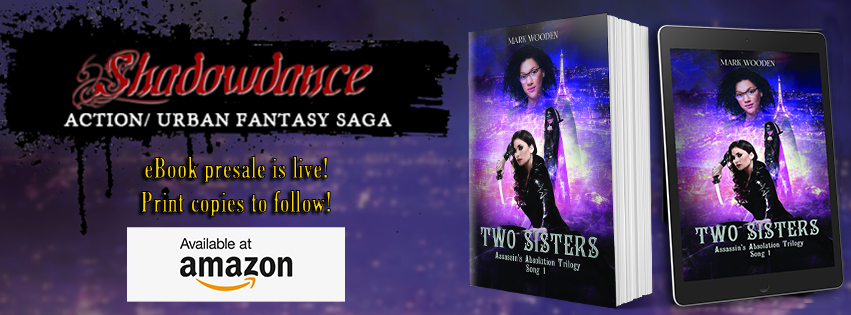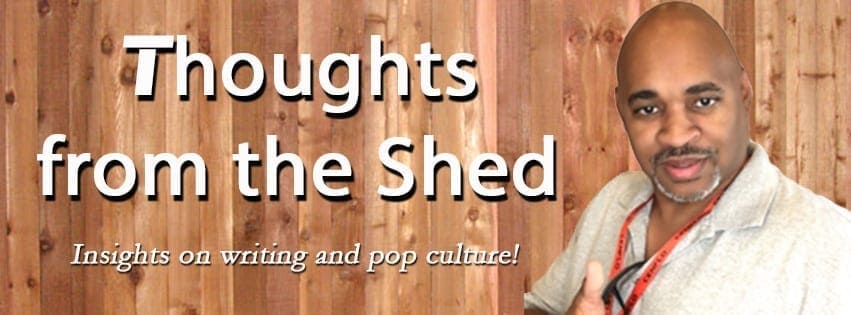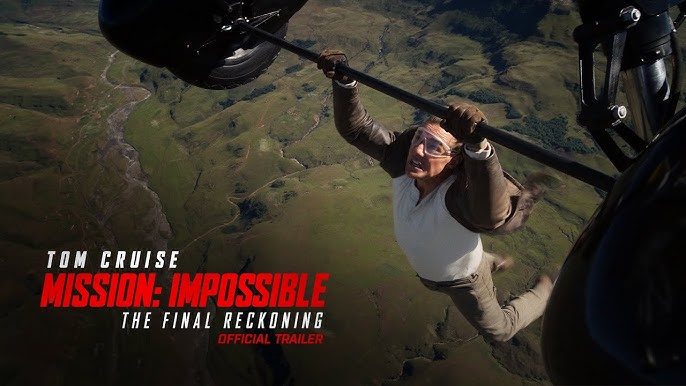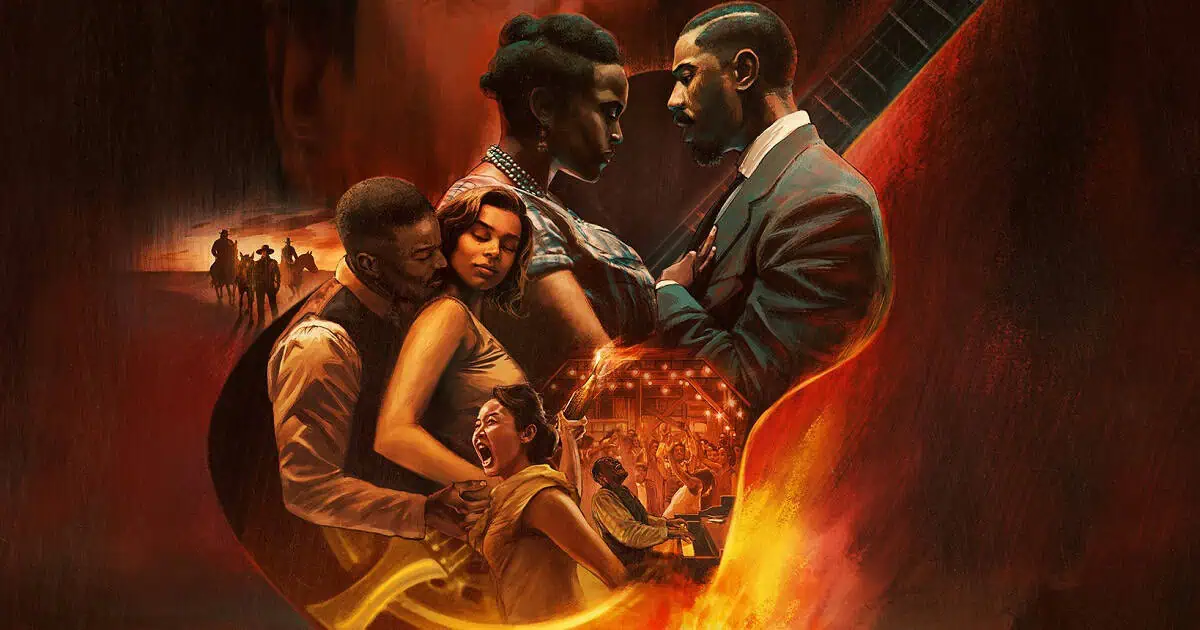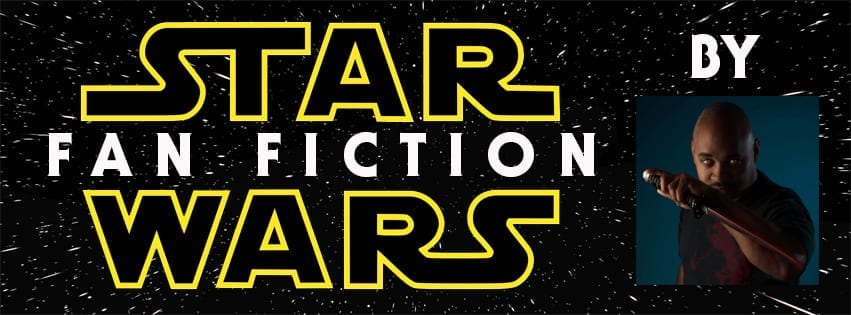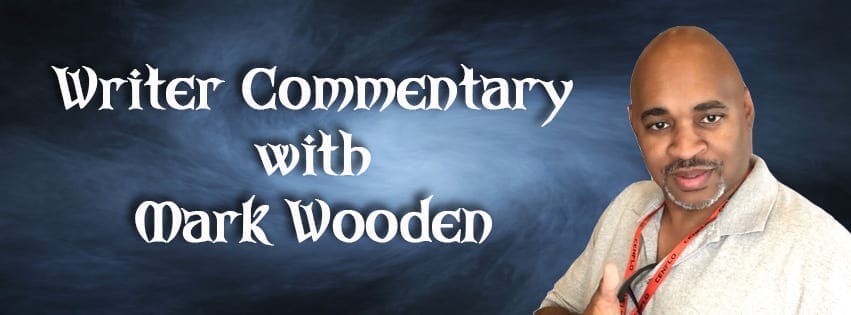
I’ve posted a couple of writer commentaries so, like movie commentaries, you could get a look inside the process of making the stories you’re (hopefully) enjoying.
Here’s a quick “oh, crap!” moment I had while working on my latest novel, Two Sisters.
Defining the “oh, crap!” moment in writing
Two Sisters is a prequel to my two other “Shadowdance” urban fantasy novels. You won’t have to have read them to get the story here.
Anyway, this segment follows Adriana Dupre as she hunts down an informant. I was on a roll as I wrote the following:
Adriana’s week-long surveillance of the man found him to be anything but a simple consultant.
Dalton rarely met clients at his office. The few who did show up were obvious bagmen for local crime syndicates. Dalton never had any physical goods, no suitcases of money to deposit. She suspected Dalton to be the middleman between various criminal and legitimate elements. His activities kept him in good standing. His sportscar hadn’t even been on the market a week.
The consultant’s excursions from his office were to legitimate banks where he’d spend the afternoon —
I immediately stopped writing after typing the word “afternoon.”
Adriana is a vampire. How do I explain someone who can’t be in the sunlight stalking someone during the day?
This is what I call an “oh, crap!” moment, borrowed with love from Nathan Drake of the “Uncharted” video games.
The “oh, crap!” happens when you discover an obvious problem that had slipped under your radar and either destroys reader suspension of disbelief or derails your narrative entirely.
“Oh, crap” indeed.
How to get out of your “oh, crap!” moment
The best way to get yourself out of an “oh, crap!” moment is to go back to your outline (you have one of those, don’t you?) and ask the question:
What is the purpose of this scene?
(Aside: The other two questions that will save you headaches are “What do the characters want in this scene?” and “How do the character’s wants create dramatic tension?” Thank Neil Gaiman for those as he shared them in his Masterclass.)
In my Two Sisters outline, I’d intended for this sequence to start with Adriana dragging the informant to the rooftop for an interrogation. This would lead to a gargoyle fight, then a chase.
It all ends with Adriana learning something that drives the plot (ironically, she doesn’t get the info from the informant).
In my altered written version, I dropped the gargoyle and had one of the antagonist characters meeting with the informant before Adriana can get to him.
I also started that rant about how Adriana found the informant, which lead to the “oh, crap” moment.
Writing out of my “oh, crap!” moment
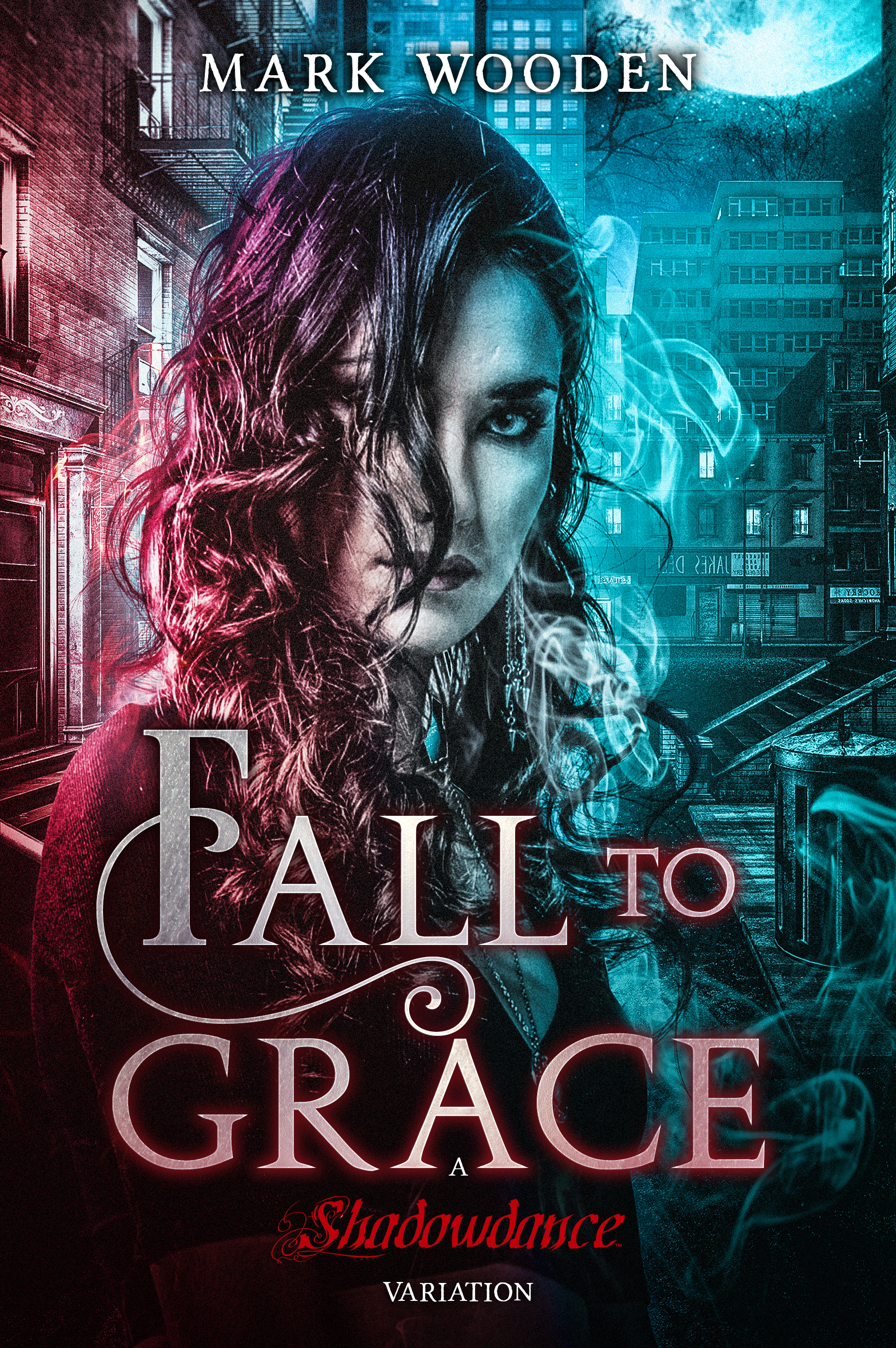
Let’s look at the purpose of that scene again. Adriana needs to learn the information to move the plot forward.
Using the antagonist and not a random gargoyle/ minion adds emotion to the scene from their conflict of interest. That change doesn’t affect the scene’s purpose so it can (and should) stay.
How Adriana meets the informant can be interesting from the perspective of how she operates. But honestly, unless the reader needs to know later in the book how Adriana skulls around during the daylight, that info’s unnecessary to the purpose of this scene.
The simplest solution is to begin the scene right on the action. The classic “hero bashes in the skylight” would work. It’s not about how Adriana gets here but what she learns by the scene’s end.
I’ve previously established that Adriana’s working with a network of informed users of the supernatural to track the antagonist. That would suffice in explaining how she ended up at that particular informant.
But if I were to further explain…
What I explained is the easiest and most efficient fix. But we’re writers. We like solving narrative problems and thought experiments. So what could I do to keep the backstory of how Adriana found the informant?
In an earlier draft, Adriana worked with a contact to give her information. I could have him do the daytime legwork and Adriana picks things up at night.
Another option: In my “Shadowdance” world I establish that vampires can’t move about in the sunlight, but set aside the idea they have to sleep during the day. For Adriana specifically, I establish she has the ability to pull shadows about her in order to hide.
I could let Adriana do her own legwork during the day, carefully pulling the shadows around her to protect from the sun. She’s operating in the streets of Paris; all those buildings in an urban setting will provide plenty of shadows for Adriana to pull from.
As long as she stays off the rooftops.
But I digress! Back to the “oh, crap!”
Writing is all about letting your mind wander. Sometimes it wanders a bit too far and into the “oh, crap!” realm that veers away from your story’s intent.
When that happens, grab that outline and see if you’ve lost the purpose of the scene. If you don’t have the outline (or even if you do), you can always ask these three questions:
- What is the purpose of this scene?
- What do the characters want?
- How do the characters’ wants create tension in the scene?
That oughta be enough to get you to writing.
Or maybe, just maybe, that new path isn’t an “oh, crap!” but an “ah-ha!” moment. We’ll have to talk about that another time.
Meanwhile, have some fun reliving Drake’s “oh, crap!” moments.
